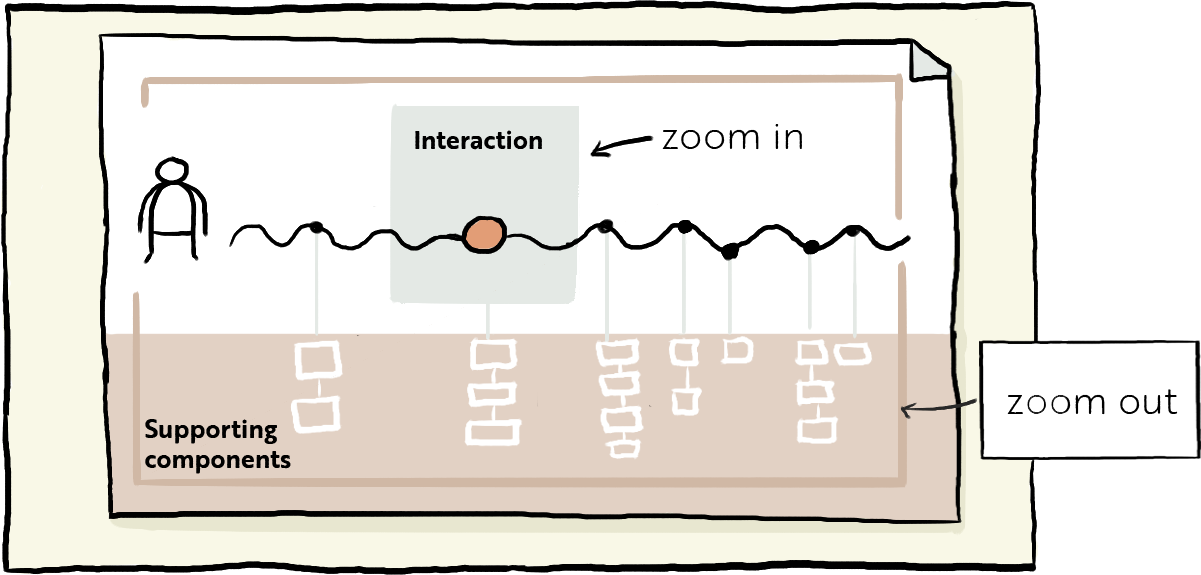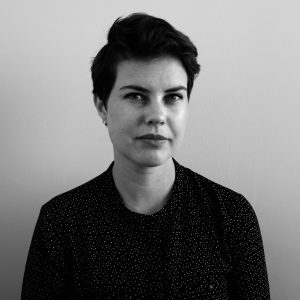Categories
Little moments in a new country
I’ve learned the most from little moments. For example, two weeks ago we were setting up phone plans, bank accounts, utilities and insurance. They were not dissimilar to what I had before I moved, but one thing had changed: I no longer had the power to sign my name on the piece of paper because of my visa status.
This made me pause and reflect. How do we really design for people who feel a loss of agency? How do we design for those who are at risk of losing confidence in their ability to act in ‘new worlds’? Or for people in communities who have never truly felt like they could express their individual power?
These are the questions that we think about at InWithForward. But for me can sometimes feel so big. How do I actually make an impact and where do I add to the hurt? When I feel like this, I try to remember two things.
Toggling between little moments and big ideas
The first is to think of the pieces as well as the whole. As a service designer I am used to toggling between the detail and the big picture. For example, one day we could be zooming in on the design of an interaction: exploring what somebody might be doing or using, where they are, what script they are following. The next, we are zooming out to understanding how all the supporting systems, procedures, practices, and functional components fit together to support that experience.
All of those small pieces are things that can be designed to empower people, from how we make information accessible, to having imagery and visual design that feels relatable. It could be in how we design tools to help shift people’s mindsets or imagine roles to shift power dynamics. Those small pieces add up to a large service or system that could enable and foster ways for people to have choice. When it is broken down it seems more possible somehow. It gives us a place to start and a way to move forward.
Learning in multi-disciplinary teams
Second, is to surround yourself with people who have different skillsets and experiences than you.At InWithForward we are a mix of executive directors, coaches, designers, anthropologists, and community organizers. Every week I am learning something new.
It wasn’t until I worked alongside a strong and insightful anthropologist that I heard about and began to understand structure and agency. In design school you learn about co-design and cross-disciplinary design (and typography). Looking back on my design journey I find it so interesting that design school didn’t teach me more about human behaviour, because it is so intertwined with what we do.
While sometimes it can be challenging and more complex having a team coming at a problem from different perspectives, the collective thinking, skills and ways of viewing the world really strengthen the work that we do.
So What?
Over the next four months we are moving into the prototyping phase for two of our ideas. Hospitality Hosts (newly renamed as Humans Understanding Humans, Huh!) sets out to turn newcomers from passive recipients of services to experts shaping their communities. Emotions Library shares warts-and-all experiences about immigration to Canada from newcomer to newcomer. It aims to help manage expectations, diversify narratives of success, and share ways to cope.
We already have a long list of questions and assumptions that we are eager to learn more about, but for me the biggest thing is to ask, ‘what we can learn about shifting the power to newcomers, and what are the small moments that might help do that?’

